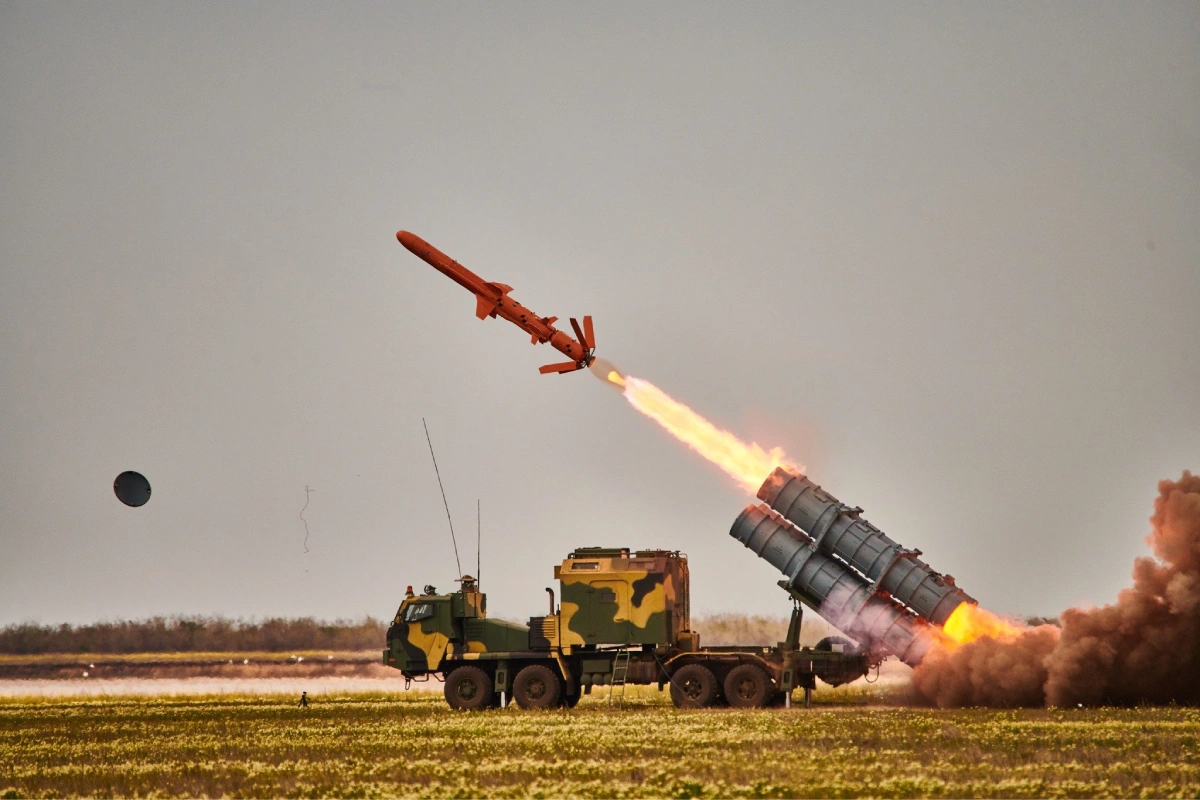Ukrainian forces carried out one of their most significant long-range strikes in months, targeting critical oil export infrastructure at the Russian Black Sea port of Novorossiysk.
The coordinated attack, involving upgraded Neptune cruise missiles and drones, triggered a temporary shutdown of Russia’s major oil export operations and sent global energy prices sharply higher.
According to Ukrainian officials, the strike was aimed at undermining the Kremlin’s ability to finance its war effort by hitting the “core” of Russia’s energy-based revenue system. Footage shared online by President Volodymyr Zelensky showed the launch of the domestically-produced Neptune missiles, accompanied by a brief statement: “We are building more.”
The attack disrupted the daily flow of approximately 2.2 million barrels of oil, prompting immediate suspension of operations by Russia’s Transneft and the Caspian Pipeline Consortium. Damage was reported at terminal facilities, pipelines, and a moored vessel, where three crew members were injured.
Brent crude surged more than 2% to US$64.39 per barrel, while WTI rose to US$60.09. Analysts say that even a short interruption at Novorossiysk—one of Russia’s most important export hubs—carries serious economic implications.
Russia acknowledged “substantial damage” to port facilities, deploying more than 170 emergency workers and dozens of firefighting units to contain fires and stabilise infrastructure. Satellite imagery is expected to clarify the extent of destruction in the coming days.
In his statement, Zelensky said the operation was a “justified response to ongoing Russian terror,” praising Ukrainian engineers for enhancing missile precision and range. Ukraine has increasingly used long-range strikes to target refineries, depots, and other strategic sites in an effort to degrade Moscow’s logistical capacity.
The renewed use of Neptune missiles—originally designed as anti-ship weapons and famously responsible for sinking Russia’s Black Sea flagship “Moskva” in 2022—demonstrates Kyiv’s expanding domestic weapons capabilities despite ongoing pressures on the battlefield.
As the war moves deeper into its third year, both sides continue to escalate attacks on each other’s critical infrastructure, raising concerns about further instability in global energy markets.












